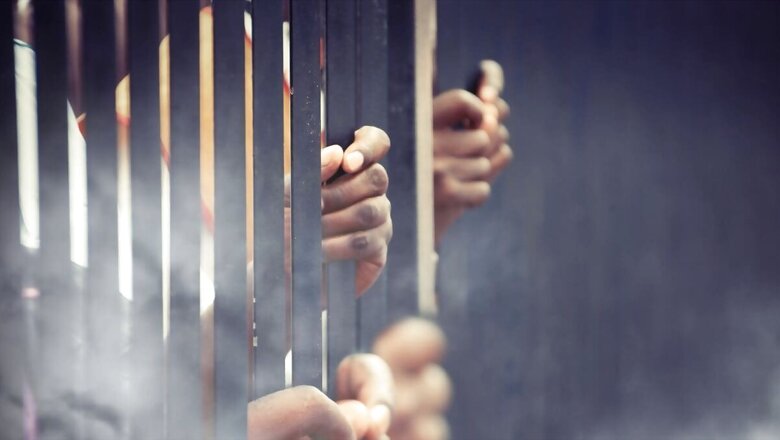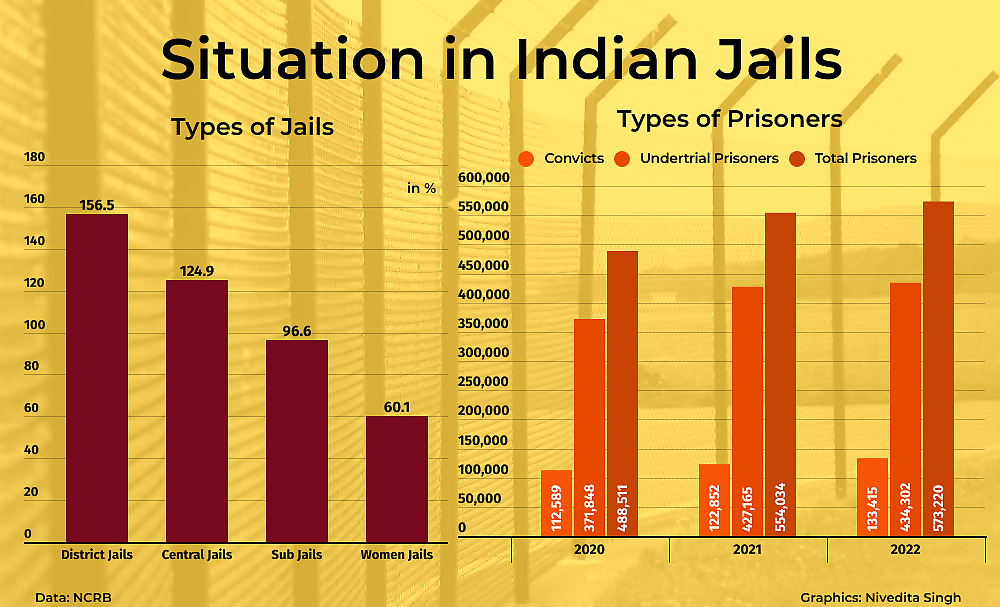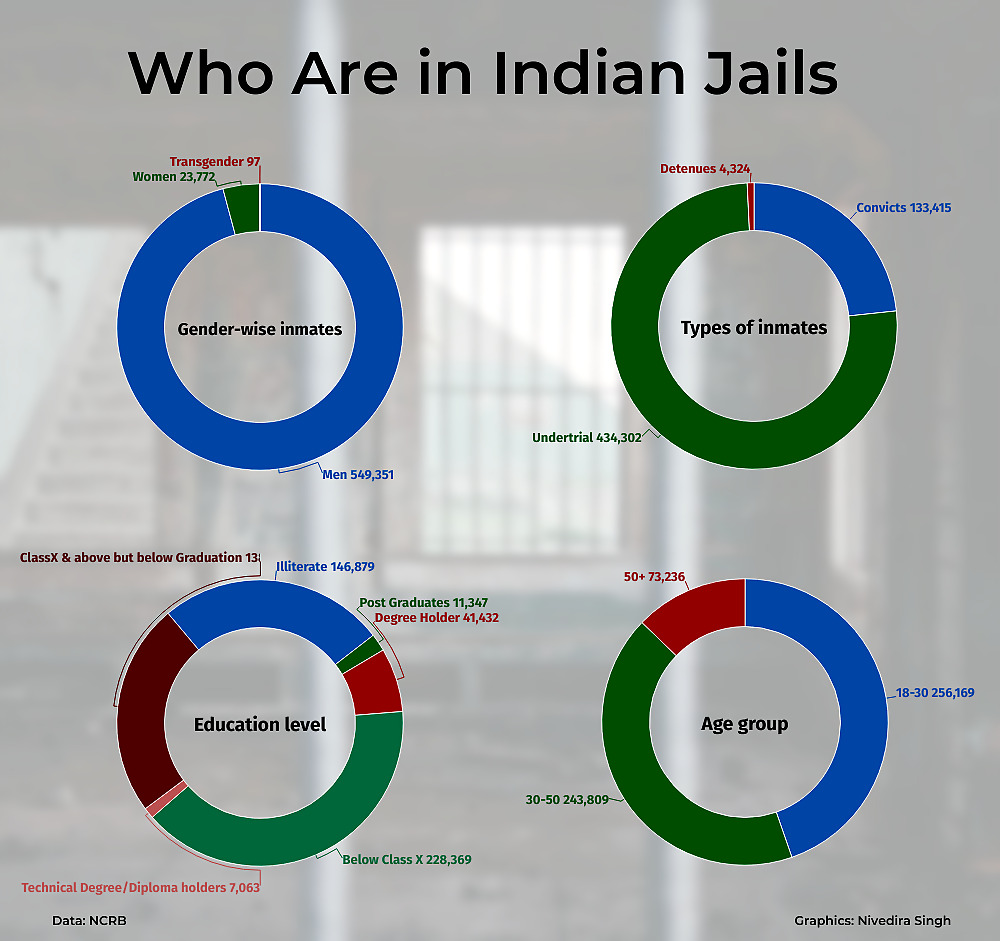
views
As per the ‘Prison Statistics India 2022’ released this week, the total number of prisons at national level has increased from 1,319 in 2021 to 1,330 in 2022 with a marginal improvement in capacity from 4.25 lakh in 2021 to 4.36 lakh in 2022. However, the number of prisoners lodged in various jails has increased from 5.54 lakh in 2021 to 5.73 lakh in 2022. The data is as of December 31, 2022.
High Occupancy Rate
The occupancy rate of prisoners in jail has consistently gone up in the last few years and stood at 131.4 per cent at the end of 2022.


Among the states and Union Territories, Delhi has reported the highest occupancy rate (184.5 per cent) followed by Uttarakhand (183.3 per cent), Uttar Pradesh (179.9 per cent), Meghalaya (167.2 per cent), Madhya Pradesh (164.4 per cent) and Maharashtra (161.4 per cent) as on December 31, 2022.
Overcrowding in jails occurs when more inmates are staying than the sanctioned strength. In recent years, it has been one of the biggest problems faced by prison inmates.
“Overcrowding results in poor hygiene and lack of sleep. Keeping in view the human rights of the prisoners, it is essential that they are given reasonable space and facilities in jails. Occupancy rate is defined as number of inmates staying in jails against the authorised capacity for 100 inmates,” the report said.
It added that the NCRB has collected data on occupancy of jail as on December 31, 2022, which may not be a true reflection of occupancy for the whole year, as it may vary on a day to day basis.
There are only seven states and four UTs where the prison population is manageable as the occupancy rate is less than 100 per cent. These States and UTs are: Andhra Pradesh (83.8 per cent), Odisha (83.0 per cent), Telangana (81.2 per cent), Andaman and Nicobar Islands (80.9 per cent), Puducherry (77.6 per cent), Tamil Nadu (77.3 per cent), Manipur (67.2 per cent), Tripura (50.5 per cent), Nagaland (31.5 per cent), Ladakh (19.4 per cent), and Lakshadweep (9.4 per cent).
In terms of categories of jails, the highest number of inmates were lodged in district jails (2,64,534) followed by central jails (2,46,155) and sub-jails (45,679). The number of inmates in women jails was 4,258.
The occupancy rate in district jails (156.5 per cent) was highest followed by central jails (124.9 per cent) and sub jails (96.6 per cent). The occupancy rate in women jails was 60.1 per cent.
Jails flooded with young, uneducated men
Across India, there are 5,73,220 prisoners in jails, including 5.49 lakh men, 23,772 women and 97 transgender.
When seen from the lens of age group, almost half — 2,56,169 inmates (44.7 per cent) — belong to the age group 18-30 years. Another 2.43 lakh inmates (42.5 per cent) were in the age group of 30-50 years. As many as 73,236 inmates (12.8 per cent) were in the age group above 50 years and six belonged to the age group of 16-18 years.

In the last few decades, the prison population has increased, which creates a number of challenges before prison administration like security and safety in prison as well as hygiene issues.
Prison administration is an important component of the criminal justice system and across the globe several reforms have been introduced in the last few years.
















Comments
0 comment